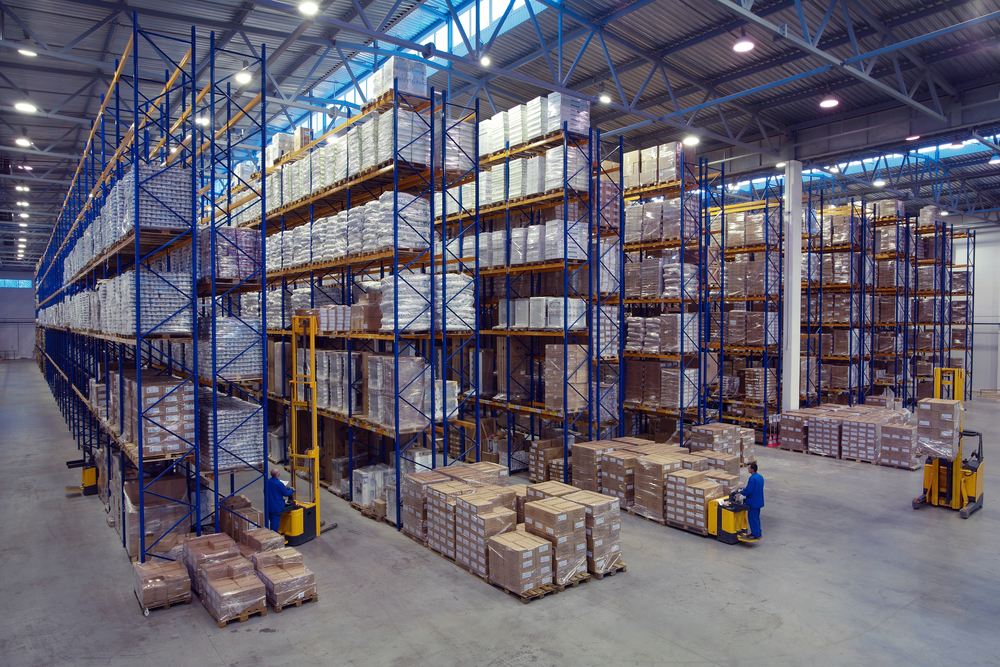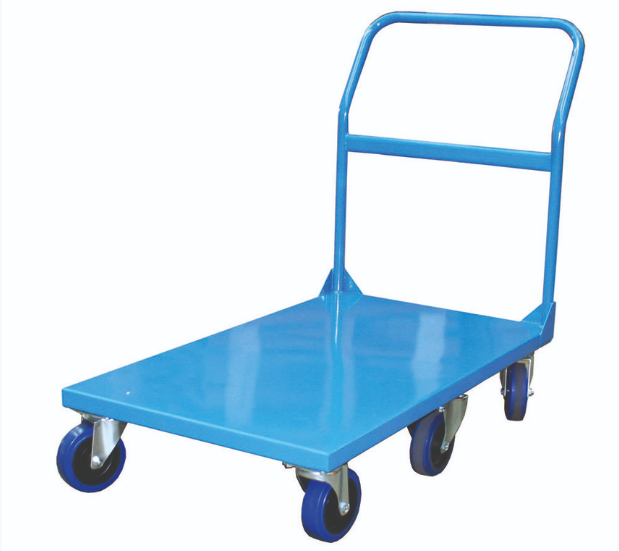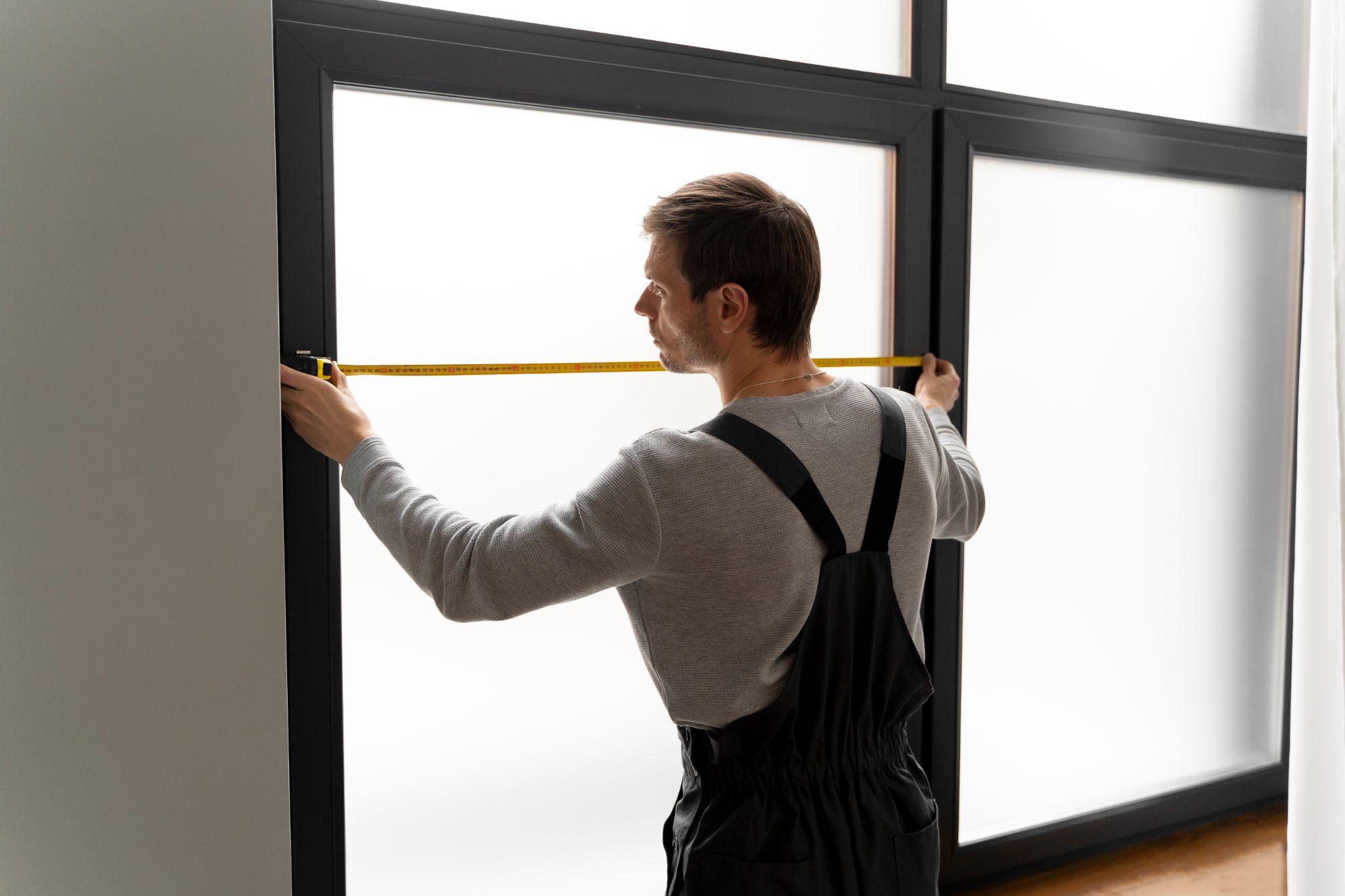The key to making the transportation process smoother for everyone involved is palletizing. Pallets provide a number of important advantages, including faster loading and unloading.
A shipment can benefit greatly from efficient palletization as well, particularly in reducing expensive freight damage in transit.
Top Industries Inc. have been involved in designing a pallet inverter that can be used in warehouses and many other industries where material handling is part of their operation.
Why stack pallets?
First off, moving items from one pallet to another is not always done to replace wooden pallets with plastic or aluminium ones. Pallet stacking is required by a business for a variety of additional reasons.
It is best to put the goods on a fresh pallet in case the original pallet is destroyed. After all, unstable conditions are produced by damaged pallets in the racks. Sending these broken pallets to clients is likewise improper.
In order to better fit their internal logistics system, businesses may decide to swap out incoming disposable pallets for internal standard pallets.
The forks of the forklift truck have the potential to damage both the pallet and the items at the bottom of the pallet. This is especially true for manufacturers whose finished goods are bagged.
The bag should be changed because it will make the goods unsteady otherwise. Only when all the items have been moved to another pallet can the bag be changed.
A few dos and don’ts of palletizing in transportation –
Do’s:
1. Use a slip sheet
A plastic sheet known as a slip sheet is used to shield cargo from damage at the pallet’s base.
2. Stack your boxes by weight
The heaviest boxes should be placed at the bottom of the pallet to provide a sturdy base layer. If there are not enough boxes to completely stack a pallet, position the last few along the outside edge.
3. Stack your freight in columns
Stack boxes in columns, one product on top of the other, for increased stability.
4. Strap in your freight
Strapping your things for a secure transport should be one of your top considerations.
5. Use stretch wrap
Columnizing boxes might make the load more susceptible to movement. Use of a stretch wrap is the ideal solution to this issue.
6. Label your freight
Print a visual reminder of the required palletizing techniques, stick it to the container, or give it to the personnel.
Don’ts
7. Stack your freight in a pyramid
Pyramid-shaped cargo may seem stable. However, this method of palletizing is less reliable and steady.
8. Neglect wide gaps
Some wooden pallets feature approximately 4-inch-wide gaps between the planks. By using a box to fill up this space, you create an overhang situation that lowers the box’s potential for compression resistance.
9. Interlock boxes
Interlocking can cause freight damage and a 50% reduction in strength.
10. Create an overhang
Overhang occurs when boxes hang over the pallet’s edge. When this occurs, the load support task is entirely carried out by the box’s two hanging edges.
Here is Linkedin profile, where you can find the details of the latest projects of Top Industries Inc.







